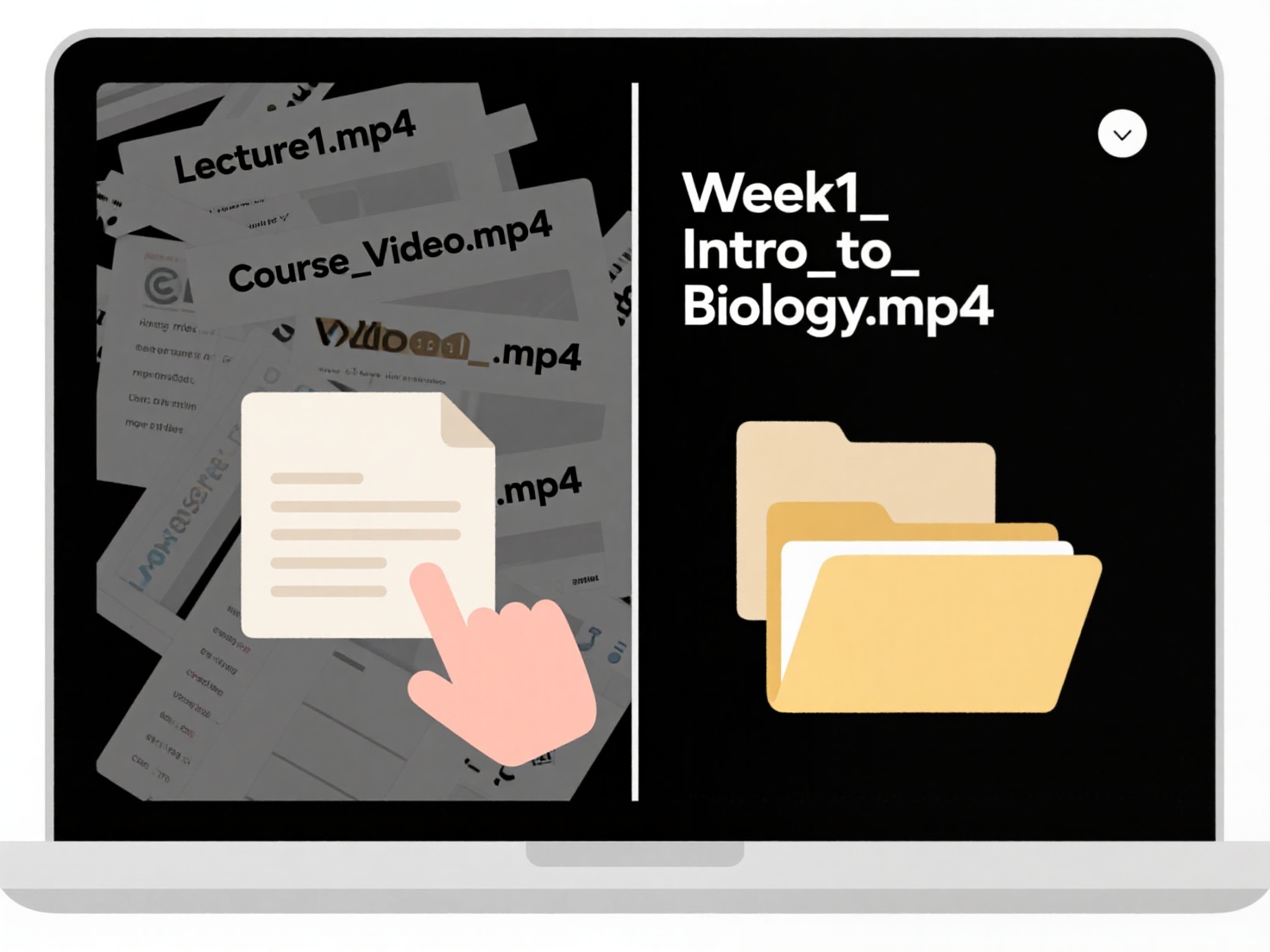
Modern web browsers can open common file types directly within the browser window without requiring downloads or external applications. This capability is primarily handled by the browser's rendering engine and built-in components. Core web file formats like HTML, CSS, JavaScript, and image types (JPEG, PNG, GIF, SVG, WebP) are universally supported for display and interaction. Additionally, browsers can directly render PDF documents (though some may require a small plugin prompt), play audio and video files (MP3, MP4, WebM), and display text formats (TXT).

In practice, browsers display HTML files to show websites, render CSS to define their layout, and execute JavaScript to add interactivity. Websites load image files directly for graphics and photos. Users often view PDF documents like manuals or forms within a browser tab, and platforms like YouTube or Spotify rely on browsers playing video (MP4, WebM) and audio (MP3, AAC) files embedded on their pages.
This direct viewing offers significant convenience, simplifying user interactions and eliminating the need for extra software installation for basic tasks. However, support varies between browsers and versions, particularly for emerging formats like AVIF images or FLAC audio. For specialized formats (e.g., CAD drawings, complex spreadsheet formulas), users must still download files and use dedicated software. Future developments focus on broader codec support for rich media and handling complex document types like spreadsheets more seamlessly within the browser sandbox.
What file types can browsers open directly?
Modern web browsers can open common file types directly within the browser window without requiring downloads or external applications. This capability is primarily handled by the browser's rendering engine and built-in components. Core web file formats like HTML, CSS, JavaScript, and image types (JPEG, PNG, GIF, SVG, WebP) are universally supported for display and interaction. Additionally, browsers can directly render PDF documents (though some may require a small plugin prompt), play audio and video files (MP3, MP4, WebM), and display text formats (TXT).

In practice, browsers display HTML files to show websites, render CSS to define their layout, and execute JavaScript to add interactivity. Websites load image files directly for graphics and photos. Users often view PDF documents like manuals or forms within a browser tab, and platforms like YouTube or Spotify rely on browsers playing video (MP4, WebM) and audio (MP3, AAC) files embedded on their pages.
This direct viewing offers significant convenience, simplifying user interactions and eliminating the need for extra software installation for basic tasks. However, support varies between browsers and versions, particularly for emerging formats like AVIF images or FLAC audio. For specialized formats (e.g., CAD drawings, complex spreadsheet formulas), users must still download files and use dedicated software. Future developments focus on broader codec support for rich media and handling complex document types like spreadsheets more seamlessly within the browser sandbox.
Related Recommendations
Quick Article Links
Should I include format type in the file name (e.g., report_pdf)?
Including the file format type in the name (like `report_pdf`) explicitly shows the file type without relying on hidden ...
Can I search recycle bin or trash folder?
The Recycle Bin (Windows) or Trash folder (macOS and email platforms like Gmail) is a temporary storage area for items y...
Can I open a .blend file without Blender?
A .blend file is Blender's native, proprietary file format used to save all elements of a 3D scene—including models, ani...